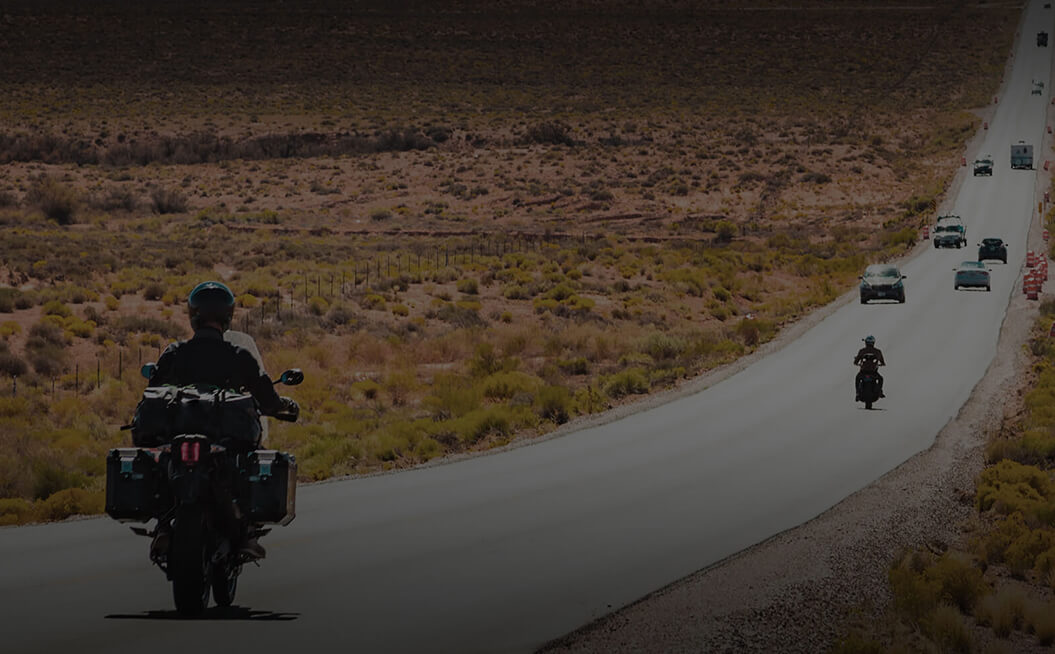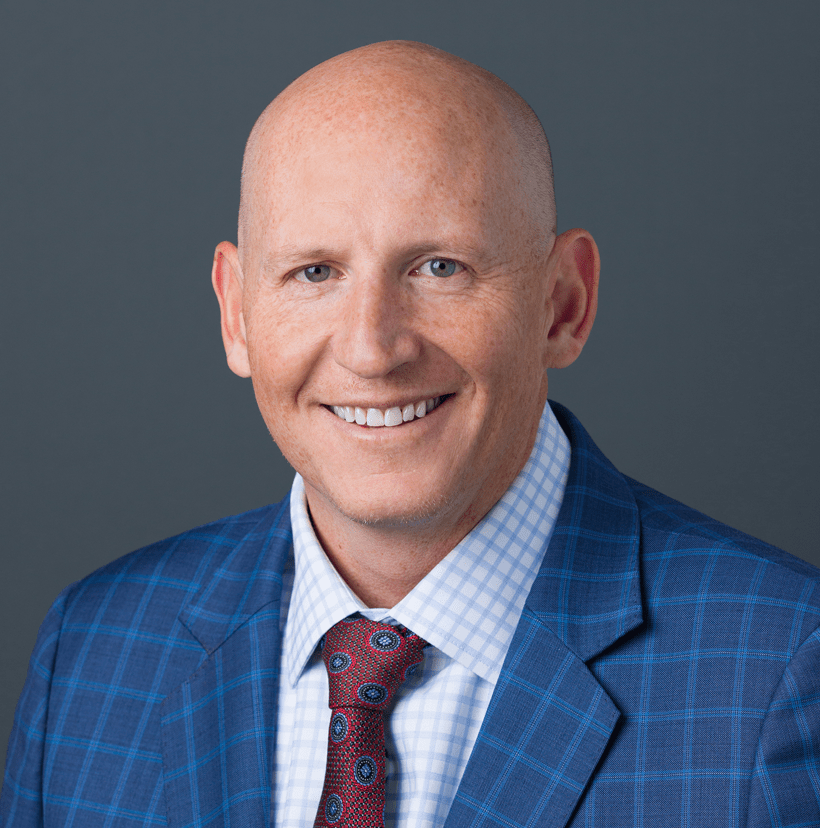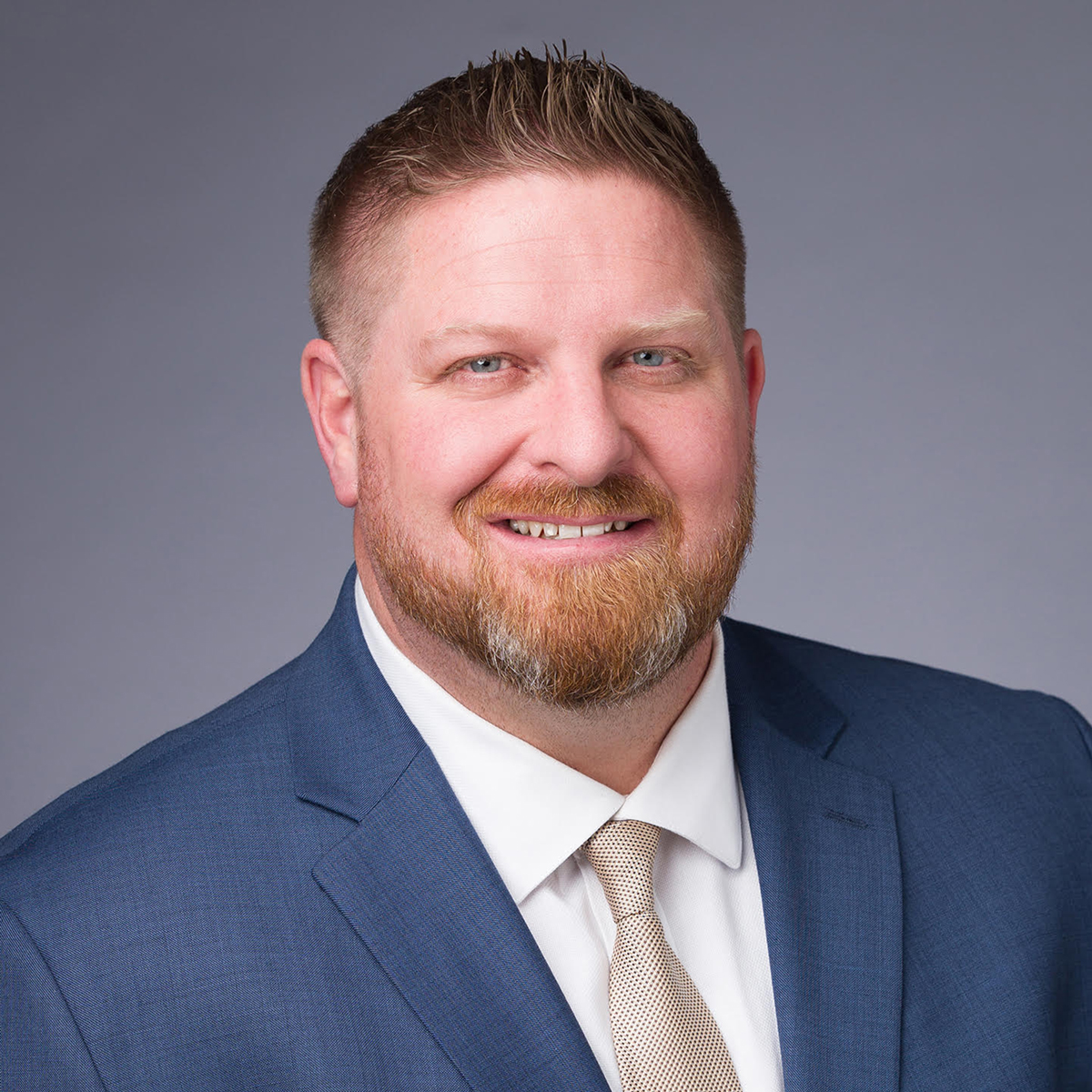Request Free Consultation
call or text us 702-605-5000Request Free Consultation
call or text us 702-605-5000

Start your Free Case Evaluation by using the form below.

BUS CRASH SETTLEMENT

WRONGFUL DEATH SETTLEMENT

WRONGFUL DEATH CONFIDENTIAL SETTLEMENT
Bicycling is a common leisure activity throughout the Las Vegas area as the generally warm temperatures are ideal for people to ride their bikes in. Bicycles often have to share roads with motor vehicles, and many accidents involving bicycles are the result of negligent drivers.
The National Highway Traffic Safety Administration (NHTSA) data showed that Las Vegas was the third most dangerous city in the United States for bicyclists, with 6.4 cyclist fatalities per million people, placing it only behind Albuquerque, New Mexico, and Tucson, Arizona. Nevada Traffic Safety Crash Facts reported that there were 41 fatalities and 41 fatal bicycle crashes over five years, with 95 percent of fatal crashes occurring on urban roadways and 59 percent of bicycle accidents occurring during daylight hours.
Injured cyclists often have important legal rights. Anyone in a bike crash in the Las Vegas area should reach out for legal help from Cloward Trial Lawyers as soon as possible.
People riding bicycles have the same rights and responsibilities as people who are behind the wheel of motor vehicles. All drivers need to yield to bicyclists as they would to motorists, and people should not underestimate the speed of bicycles so they can avoid turning in front of a bicyclist traveling on a road or sidewalk at an intersection or driveway.
Drivers are encouraged to search their surroundings for bicycles when they are in parking lots, at stop signs, packing up, or parking. Drivers turning right on red should look for bicyclists approaching from the rear before turning.
All drivers must obey posted speed limits, reduce speeds for road conditions, and drive defensively to avoid crashes with bicyclists. NHTSA also stresses giving bicyclists adequate room and not passing too closely.
The NHTSA National Survey on Bicyclist and Pedestrian Attitudes and Behaviors showed that the six most common causes of injury to cyclists were people being hit by a car (30 percent), people falling (17 percent), roadways being in poor condition (13 percent), rider errors (13 percent), crashes or collisions with fixed objects (7 percent), and dogs running out (4 percent).
In general, some of the most common causes of bicycle accidents include, but are not limited to:
The Nevada Department of Motor Vehicles (DMV) notes that bicyclists have the same rights and responsibilities as all other drivers in the state. Bicyclists are required to ride to the right unless they are preparing to turn left or can match the speed of traffic.
Bicyclists must obey all traffic signs and signals, and they also must use hand signals for any turns or stops. Hand signals work as follows:
When passing, drivers must move into an adjacent lane to the left when possible. If they cannot do this, they must pass with at least three feet of clearance between their vehicle and the bicycle, as safe passing will be the driver’s responsibility under Nevada Revised Statute (NRS) § 484B.270.
Drivers must yield to bicyclists at intersections as they would to any other motor vehicles and pedestrians. Drivers should not drive or park in designated bicycle lanes or paths unless they are turning or in an emergency.
Rules for bicyclists include always needing to ride on the right and as far to the right as
practicable. Bicyclists are allowed to ride two abreast and ride single file in traffic for courtesy.
Bicyclists must obey all signs and signals and use hand signals for turns and stops. They should ride at least three feet away from parked cars.
Bicyclists should listen for cars approaching from the side or rear and not follow cars too closely or ride in their blind spots. Bicyclists must always be prepared to stop.
The DMV encourages people to check their bicycle’s mechanical condition before they ride, as brakes are required by law. It is illegal for a bicyclist to cling to another vehicle.
People should wear bright clothing during the day and reflective clothing at night. Bicycles ridden at night must have a white lamp in the front visible from at least 500 feet away, a red tail reflector visible in a vehicle’s low beams from 300 feet away, and reflective material on the sides of the bike visible in low beams from at least 600 feet away or a lamp visible from both sides from 500 feet away under NRS § 484B.783.
State law in Nevada does not require bicyclists to wear helmets, but helmets are required for motorcyclists. Both the Nevada Department of Transportation and NHTSA certainly encourage all people to wear helmets, with NHTSA noting that helmets reduce the risk of head injuries by 85 percent.
Nevada Assembly Bill 187 would require helmets for children on bikes but has stalled in the state legislature. All bicyclists must keep one hand on the handlebar at all times they are riding.
Under Las Vegas Municipal Code § 11.40.180(A), it is illegal for any person to ride a bicycle on the sidewalks on Fremont Street between Main Street and Seventh Street, and there are several locations in both Las Vegas and Reno in which bicycles are prohibited from riding on sidewalks. People generally must ride bikes on roads unless bicycle lanes are available.
All bicyclists are expected to ride with the flow of traffic rather than against it. Bicyclists must move off the road when there are five or more motor vehicles behind them.
If you have been injured in a car accident, slip and fall, or any other accident, you need the services of a dedicated Las Vegas personal injury law firm to ensure that your rights are protected.


Las Vegas top rated attorneys
The American Academy of Family Physicians (AAFP) reports that bicycle-related injuries accounted for about 900 deaths, 23,000 hospital admissions, 580,000 emergency department visits, and over 1.2 million physician visits a year in the United States, resulting in an estimated cost of more than $8 billion annually. The Child Health Supplement to the 1988 National Health Interview Survey estimated that about 40 percent of 4.4 million children ages 5 to 17 years suffer injuries annually because of bicycle accidents.
Bicycle crashes rank second only to riding animals as a sports- or recreation-associated cause of serious injury, with one study estimating a rate of severe injuries to be 37.4 per 100,000 population in urban areas. The peak incidence of bicycle-related injuries and fatalities is among bicyclists 9 to 15 years of age.
The Centers for Disease Control and Prevention (CDC) states that bicycles only account for 1 percent of all trips in the United States, but bicyclists represent more than 2 percent of the people who die in crashes involving motor vehicles. The CDC estimates that there are 1,000 bicyclist deaths and 130,000 injuries in the United States every year.
The CDC states that adults 55 to 69 years of age actually have the highest bicycle death rates, but bicyclists 10 to 24 years of age make up almost one-third of all bicycle-related injuries seen in American emergency departments, and this age group has the highest rate of bicycle-related injuries.
Some common injuries to cyclists include:
When a person suffers injuries in a bicycle accident, they can be entitled to financial compensation, known as damages. Compensatory damages are intended to restore a person to their original condition or as close thereto, and these damages often come in two forms: economic damages and noneconomic damages.
Economic damages are the tangible costs that victims must deal with following their accident that can be calculated and proven in court. Common kinds of economic damages include:
Noneconomic damages are much more subjective and do not involve concerns with financial values. Some of the more frequent types of noneconomic damages include:
When a family is involved in a wrongful death case, then possible damages may include:
Another less common kind of damages in bicycle accident cases can be punitive damages, which are referred to in state law as exemplary damages. These types of damages are limited under NRS § 42.005 to cases involving oppression, fraud, or malice by an offender in these cases.
NRS § 42.010 establishes that exemplary and punitive damages are also available in cases of injury caused by the operation of a motor vehicle after the consumption of alcohol or a controlled substance. In an action where a person caused an injury by the operation of a motor vehicle in violation of NRS § 484C.110 (DUI), NRS § 484C.130 (vehicular homicide), or NRS § 484C.430 (death or substantial bodily harm as the result of DUI) a plaintiff can recover punitive damages in addition to compensatory damages by way of punishing an offender.
Under NRS § 42.005, punitive damages cannot exceed three times the amount of compensatory damages awarded to a person if the amount of compensatory damages is $100,000 or more, or $300,000 if the amount of compensatory damages awarded to the plaintiff is less than $100,000. That said, there is no limit on punitive damages when a driver is convicted of DUI, or a case involves either a manufacturer, distributor, or seller of a defective product, an insurer who acted in bad faith regarding their obligations to provide insurance coverage, or damages or injuries caused by the emission, disposal, or spilling of toxic, radioactive or hazardous material or waste.
If you suffered severe injuries or your loved one was killed in a bicycle accident anywhere in the greater Las Vegas area of Nevada, do not hesitate to seek legal counsel. Cloward Trial Lawyers knows how to handle bicycle accident cases and help its clients recover as much compensation as possible in these cases.
Our firm has obtained compensation in more than 99 percent of the cases we handle, and we have helped people recover more than $200 million. You can call (702) 605-5000 or contact our Las Vegas bicycle accident attorneys online to schedule a free consultation.

Benjamin P. Cloward became the youngest lawyer in the history of the State of Nevada to be awarded the prestigious “Trial Lawyer of the Year” by the Nevada Justice Association.
view attorney profile
Ian Estrada moved to Las Vegas in 2011 to work for a prestigious, local defense firm where he represented national insurance companies in personal injury lawsuits.
view attorney profile
Landon Littlefield spent several years working as a complex commercial litigation attorney before finding his passion in personal injury.
view attorney profile
Riley Clayton has successfully tried numerous personal injury, wrongful death, and insurance bad faith cases to verdict.
view attorney profile
Dillon Coil focuses on serving injured workers, police officers, firefighters, laborers, and their families.
view attorney profileFighting for injury victims and their families.

The experienced team at Cloward Trial Lawyers has an impressive track record and has earned an unparalleled reputation in the legal community for its extensive expertise and exceptional client service.

You won’t have to pay large attorney’s fees unless you win your case. We believe our clients should receive the best representation without having to worry about a costly and stressful fee structure.

We consistently strive for the best outcomes for all of our clients and our track record of successful rates speaks for itself: 99% of victories achieved in personal injury cases.

We are devoted to guiding our clients through with the highest level of care, so they can feel secure knowing we will be by their side throughout the entire process.
At Cloward Trial Lawyers, we can address all of your legal questions and concerns and advocate for you every step of the way. What follows are the answers to some common questions that arise in the wake of your bicycle accident.
Have a different question?
ask an attorney
When a person suffers injuries in any kind of bicycle accident, they usually have the right to pursue compensation from a negligent party. The insurance company representing a negligent driver or another party will usually try to settle these cases right away by offering people lump-sum settlements, but you need to know that most of these initial offers are incredibly lowball amounts that are nowhere near what people are actually entitled to.
You want to be certain you are working with an experienced Las Vegas bicycle accident lawyer so you can know that you have somebody on your side representing your interests in all negotiations with an insurance company. Many insurers are going to end up settling these types of cases because the costs of going to trial can be astronomical.
Settlements rarely come quickly as it can take time for an attorney to get an insurer to be willing to provide adequate compensation in many cases, but most insurance companies usually begin to bend when a lawyer has to take other actions, such as filing a lawsuit. While trials are rare, they are not altogether impossible, and some cases will actually make it all the way to the courtroom.
Should your bicycle accident case actually make it all the way to trial, you will have to prove that another party’s negligence caused your accident and injuries. You will want to be sure you have a lawyer who can represent you should you end up in court.
When people are involved in bicycle accidents, it can be a very confusing and stressful time for most individuals. There are going to be many important steps people need to take in these scenarios, including:
You might be able to, but it will depend on whether you were 50 percent or more at fault. Under Nevada’s modified comparative fault system, people can still pursue compensation when they are partially to blame, but a person cannot pursue a claim when they are more than 50 percent at fault.
People should also understand that damages can be reduced by a percentage of a person’s fault, meaning a person who is awarded $100,000 in a bicycle accident case they are found to have been 25 percent responsible for will have their award reduced by $25,000 and ultimately receive $75,000.
When a person has a defective roadway claim, a local or state governmental entity will usually be the liable party. While people still have two years to file these claims, damages against the government are limited to or “capped” at $100,000, and there are no punitive damages available in these cases. People must first file a claim with the Nevada State Board of Examiners.
You should certainly contact the local police department because they will definitely try to locate the offending driver. Even when a negligent driver cannot be located, people may be able to obtain compensation through their own automobile insurance policies, such as uninsured or underinsured driver insurance.
Start your Free Case Evaluation by using the form below. You’ll get a fast response from one of our team members or call our office 702-605-5000.